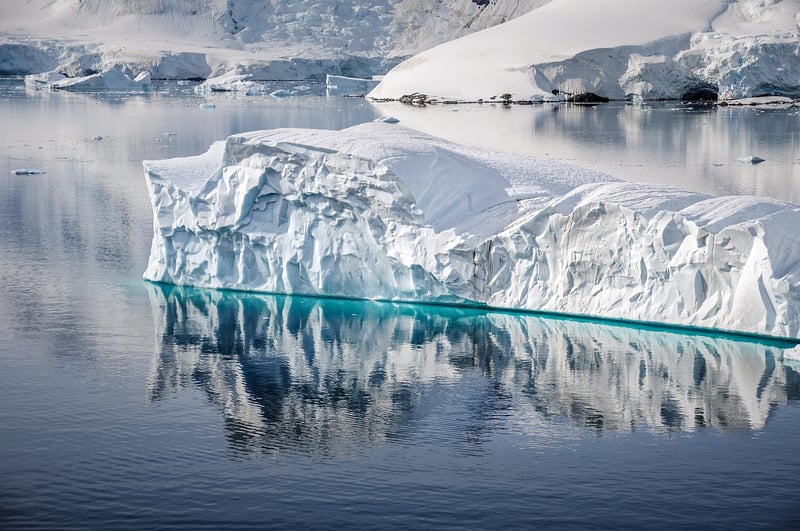Extreme Environments
Exploring Life's Potential Beyond Earth and Extreme Environments
As humans, we have always been fascinated by the possibility of life beyond our planet. The idea of extraterrestrial life and the exploration of extreme environments on Earth have captured our imagination for centuries. Let's delve into the exciting realm of astrobiology and extreme environments to uncover the mysteries that lie beyond Earth.
The Search for Extraterrestrial Life
Scientists and researchers around the world are actively searching for signs of life beyond Earth. From studying microbial life in extreme environments on our own planet to analyzing data from space missions to Mars and beyond, the quest for extraterrestrial life is ongoing.
Extreme Environments on Earth
Extreme environments on Earth, such as deep-sea hydrothermal vents, polar regions, and acidic hot springs, provide valuable insights into the potential for life in harsh conditions. Microorganisms known as extremophiles thrive in these environments, showcasing life's adaptability and resilience.
- Deep-Sea Hydrothermal Vents: These underwater ecosystems are teeming with unique forms of life that have adapted to high pressure, darkness, and extreme temperatures.
- Polar Regions: From the icy landscapes of Antarctica to the Arctic tundra, extremophiles demonstrate how life can survive in freezing conditions.
- Acidic Hot Springs: The acidic and hot waters of geothermal areas host microbial life that has evolved to withstand extreme acidity and heat.
Exploring Extreme Environments in Space
Space missions to celestial bodies like Mars, Europa, and Enceladus are shedding light on the potential for life beyond Earth. The discovery of water ice, organic molecules, and subsurface oceans on these worlds fuels the excitement surrounding astrobiology.
Key Missions and Discoveries
Recent missions, such as NASA's Curiosity rover on Mars and the exploration of Europa by the upcoming Europa Clipper mission, are poised to uncover clues about the habitability of these distant worlds. Discoveries of methane on Mars and the subsurface ocean beneath Europa's icy crust hint at the possibility of microbial life.
Conclusion
Exploring life's potential beyond Earth and in extreme environments offers a glimpse into the vast possibilities of the universe. Whether studying extremophiles on Earth or searching for signs of life on other planets, the quest for understanding our place in the cosmos continues to inspire scientists and enthusiasts alike.
Join us in unraveling the mysteries of astrobiology and extreme environments as we push the boundaries of exploration and discovery.



Learn more about astrobiology and extreme environments by visiting NASA's Astrobiology website.
